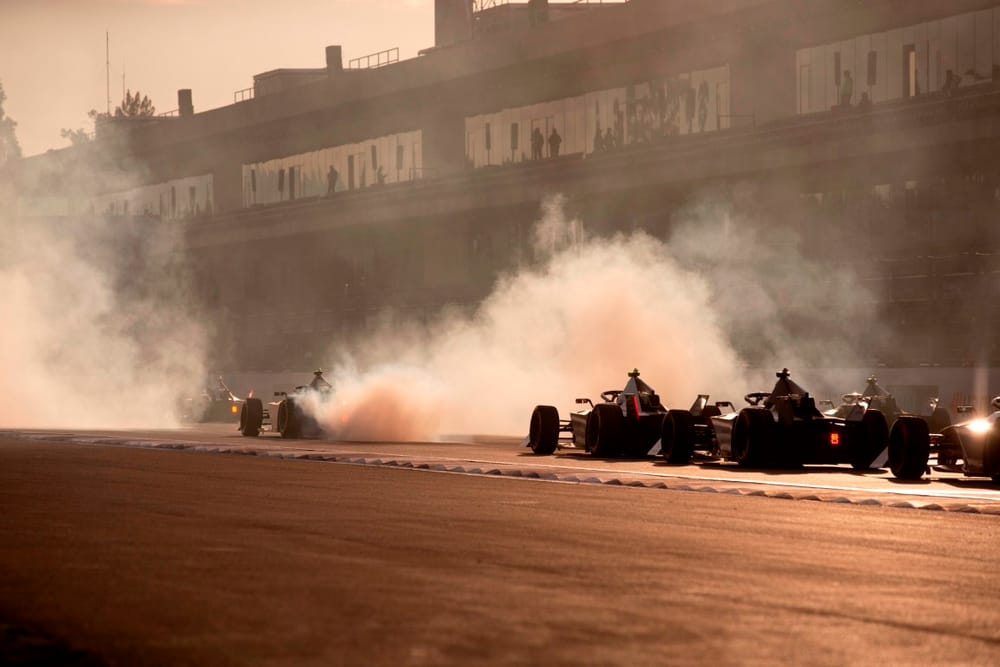The FIA and Formula E are continuing to drive through plans to introduce fast-charging pitstops to the championship next season, despite an ever-decreasing appetite for them from teams and manufacturers.
The latest twist in the saga of the heavily-delayed ‘attack charge’ format is the addition of a mandatory test ahead of the 2024/25 season as the FIA tries yet again to iron out the problems that have meant the system still hasn’t appeared in a race.
The infrastructure for the 600kW charge boosters has lacked robustness in initial testing, and issues hit teams when it was trialled in free practice at this year’s Mexico City and Sao Paulo rounds.
Since then several tests have been carried out both at races and in private testing, and recent running of it - predominantly undertaken by DS, Jaguar, Nissan and Porsche - is said to have been successful.
But it is believed a specific amount of evidence of successful charges is a contractual obligation before the technology is signed off as sturdy enough to use in live race situations. And some teams involved in that testing believe hitting that mark before the start of the new season in December will be tight.
THE PROBLEMS
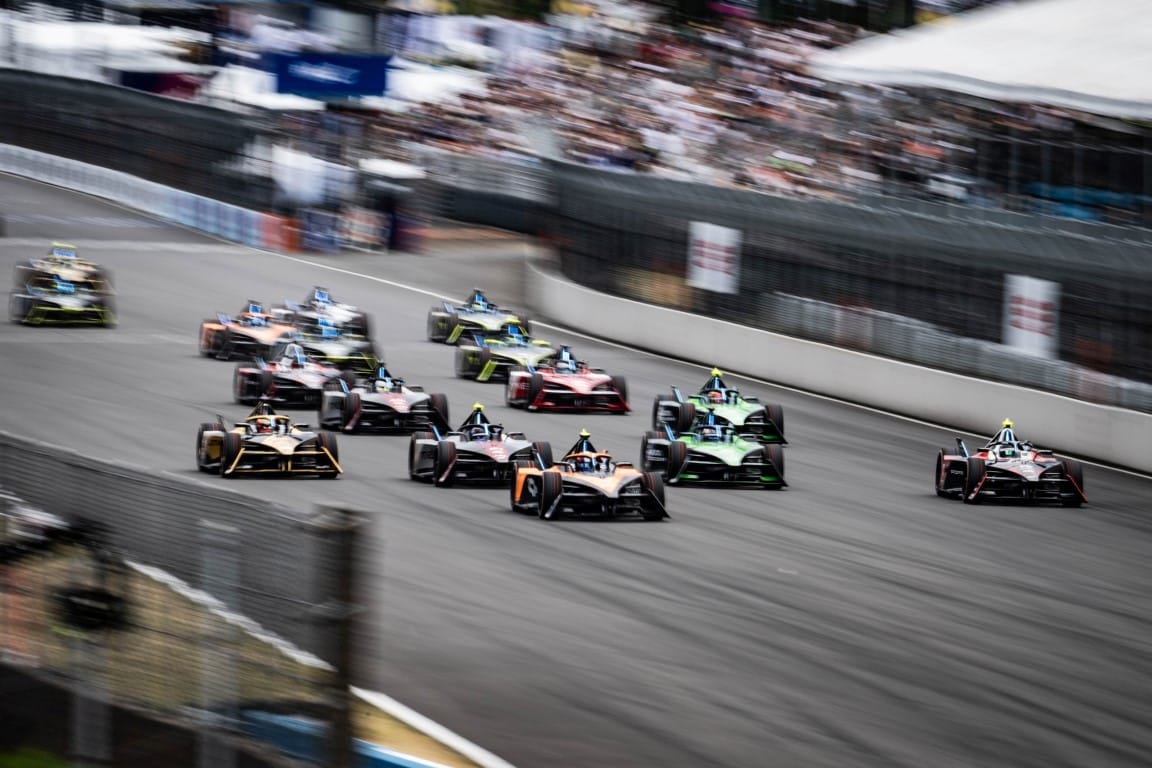
Teams only get one charger each. But thus far, getting two consecutive charges from that charger - as teams will have to do when their two cars pit on different laps - has been problematic. A team’s second car may already be compromised by having to wait another lap to pit in a tight strategy call - if the chance of an unreliable charge is higher for that second car, then it’s compromised even more.
Expanding the project so teams get a charger for each car is not an option, as it was not part of the original deal between Formula E Operations and the company now known as Fortescue Zero (formerly Williams Advanced Engineering). At approximately £300,000 per unit this is a considerable deal, anyway - doubling the cost is a non-starter.
Adding another 11 charging units so the grid can have one each would be impractical for freight reasons, too. Formula E is already in the middle of a freight reduction project trying to downsize from its present 2.3 cargo plane requirement to two, which would obviously bring the world championship’s carbon footprint down as well as saving approximately £700,000 per journey.
Attack Charge is already within the sporting regulations and has been for some time.
Really, this is an FIA play to force the issue somewhat. If the Attack Charge regs are to be retracted a unanimous e-vote would now be required, and with at least two teams being commercially braced to an extent by the promoter, getting all teams to agree to ditch it is unlikely.
THE EXTRA TEST PLAN
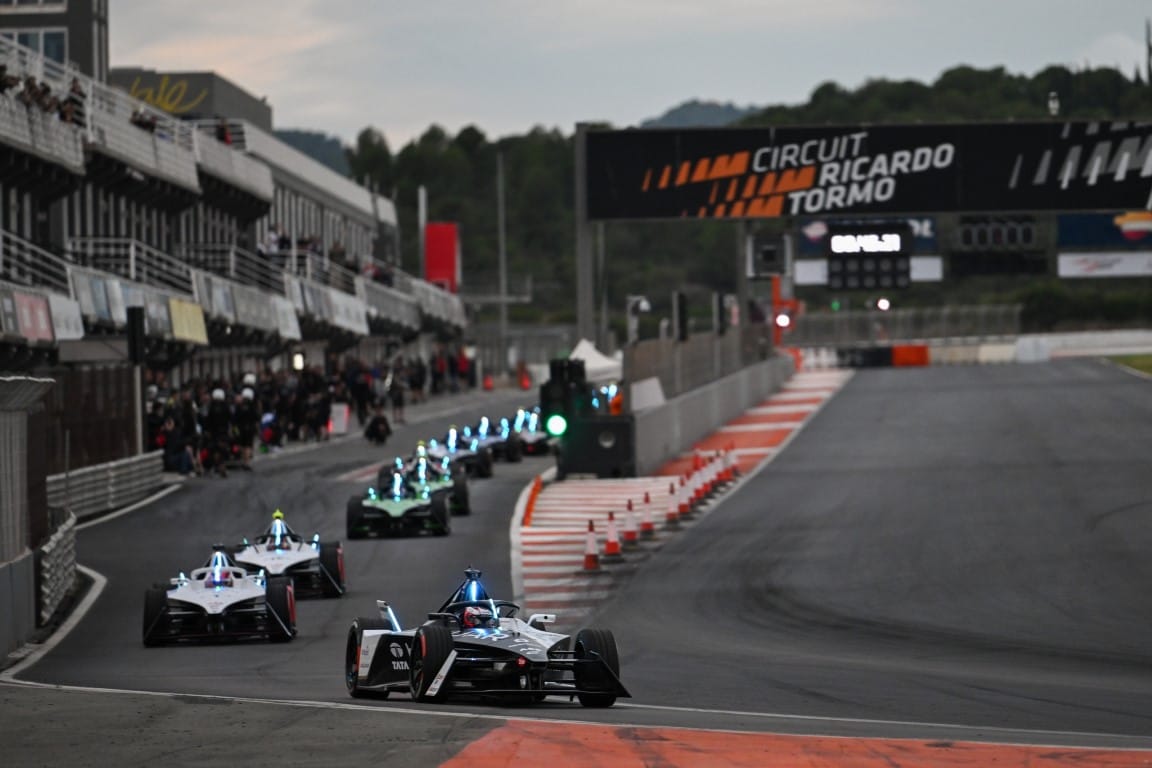
But on it goes. Folly or forethought? Irritation or innovation?
From the outside it feels like it’s a case of full steam ahead because to get teams fully ready for Attack Charge the FIA has mandated an extra test day to take place before the pre-season test at Valencia in early November.
For the extra test teams must use both their cars and power will be limited to the normal 300kW mode - with no 350kW mode running allowed.
One mandatory 600kW Attack Charge is required per car during both morning and afternoon runs, and the charges must be complete between ‘65%-25%’ of the state-of-charge (SOC) of the battery.
In addition, so-called dummy runs where the attack sequence is completed but without full power are allowed in the extra tests as long as teams don’t go over an allowance of five mock runs.
Simulated races featuring Attack Charge are also likely to be a feature of the main Valencia test days next month.
That should all provide sufficient running with the charging equipment, especially given it was first track-tested back in August 2022.
TEAMS LOSING INTEREST
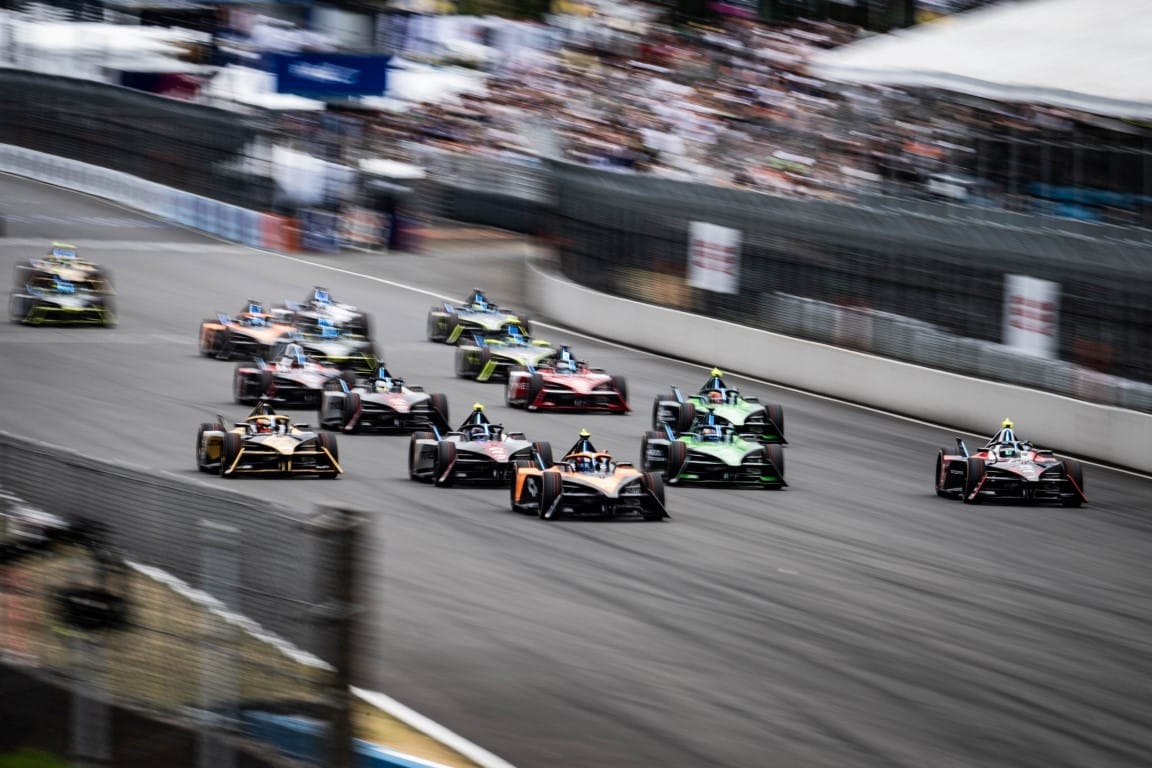
Being candid, the teams don’t want Attack Charge pitstops - neither do a good chunk of the drivers. Even some of the promoters don’t really want it and you can feel a certain air of apathy from the FIA on the subject, as this was certainly not its idea initially.
Motivation among teams to embrace Attack Charge pitstops plummeted in recent months. Indeed, at a recent Formula E teams and manufacturers’ meeting a vote went 9-1 against it being introduced.
While that holds no sway with the FIA, it does show the distinct lack of enthusiasm for something that already feels as though it’s been around for years and outstayed its welcome despite having never been part of an actual race.
“Even just purely speaking from the PR narrative perspective, it has been around with uncertainty for so long that, in a way, it’s lost momentum, and some people just don't want to hear about it anymore,” is Nissan team principal Tommaso Volpe’s honest assessment.
“Our position has always been the same: as long as this is not 100% tested and validated, of course nobody wants to have it in the race.
“So I think because it's taking so long to validate it - and we might be close to that - because the process was so long, somehow it left everyone with the bad thoughts of 'is it going to be too disruptive? Is it working?’”
The uncertainty is breeding more uncertainty.
WILL PITSTOPS WRECK THE RACING?
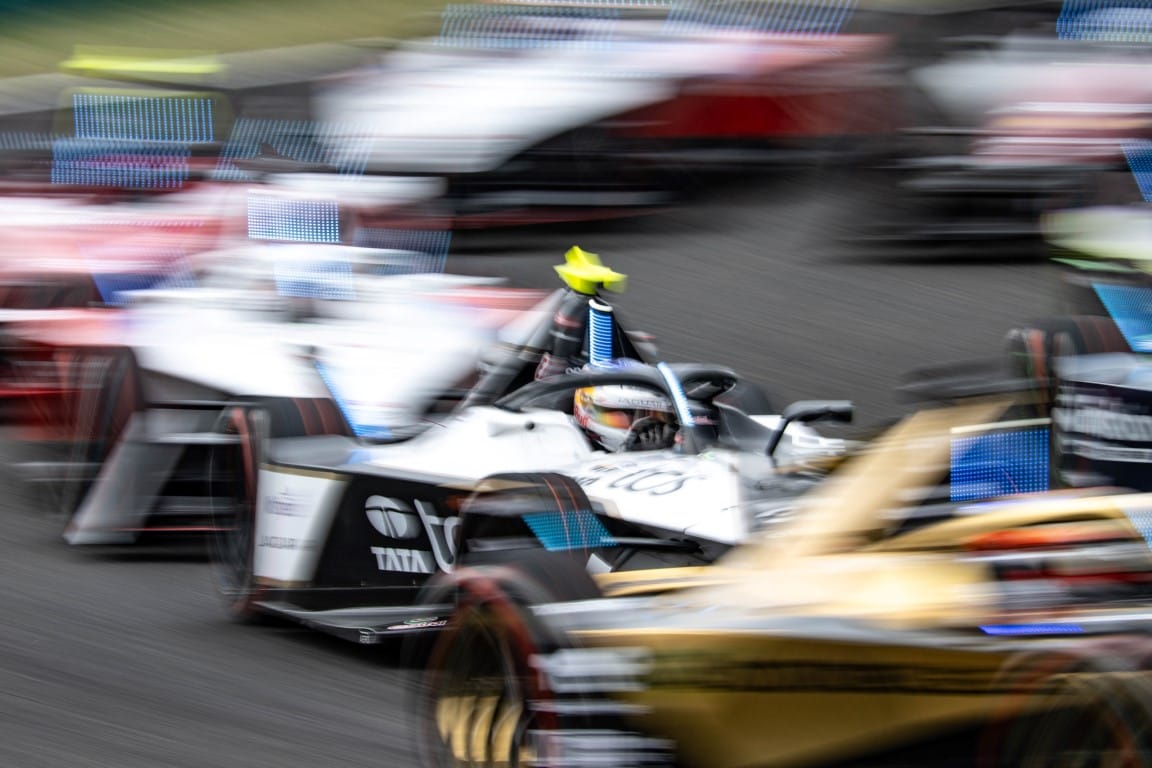
But even beyond the specifics of the equipment and its performance, there are wider questions about the whole pitstop and charging format.
The main one is how FE is going to ‘sell’ the pitstops, when from entering the pitlane to exiting it they will take close to 90 seconds.
They are not dynamic like a Formula 1 tyre change or even a sportscar stopping for fuel and a driver change.
These are very sedate affairs where the driver hits neutral, two mechanics step forth and the charger is plugged into the rear of the car for around 32 seconds.
That is a long time for what is essentially a static display. It’s hard to see how that could work as a TV spectacle, unless - as one senior team member joked to The Race - “more flashing lights and a disco” are added.
It’s a trite point but you get the gist. Formula E can’t be seen to be slow anymore, as it was in its first two technical eras. The whole momentum for Gen4 is that the all-electric cars will be right up there with Formula 2 and Formula 3 pace, so bringing everything down to 90-second pitstops doesn’t make any sense.
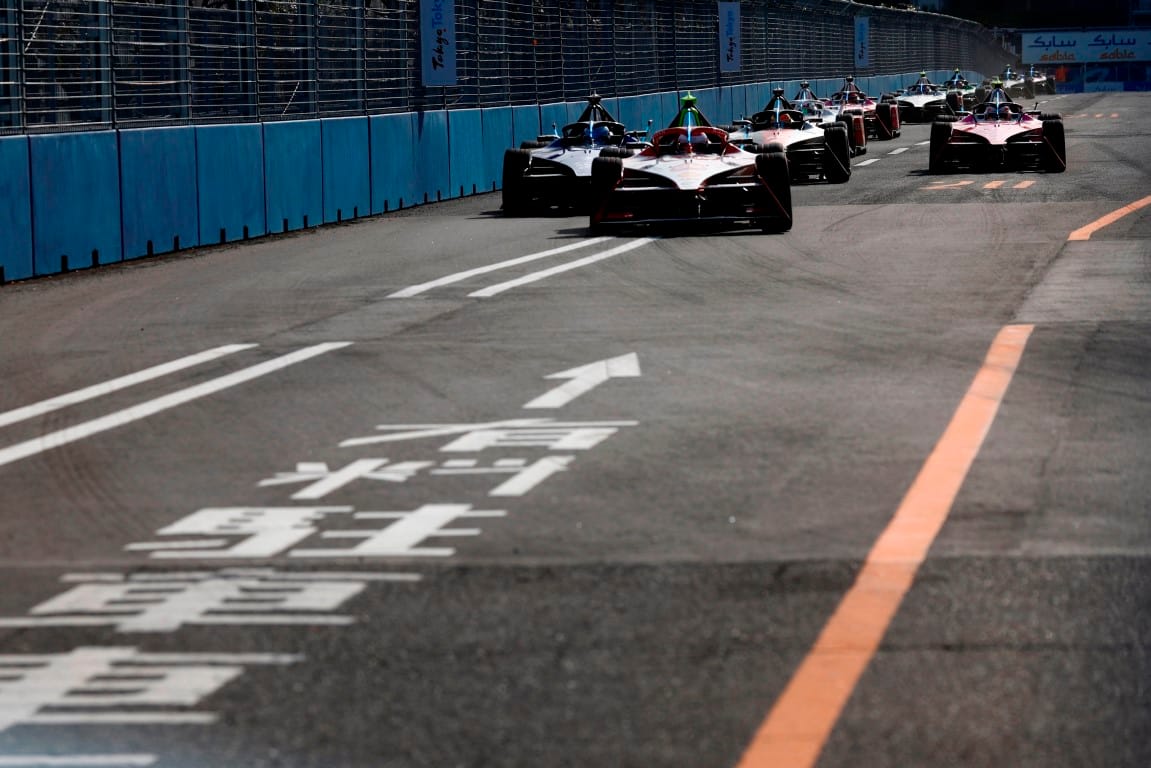
For consumers on the road it is an exciting prospect to eventually be able to charge up quickly. But they can do that now on the motorways of the world anyway.
In the practical sense of a race that is only 45 minutes long and already has an innovative tactical stunt in the form of the present attack mode system, it doesn’t seem to add up that the pace of an event will come right down as a result of the ducking into the pits.
Long pitstops on often short circuits will naturally mean cars temporarily go a lap down when they pit too, adding to the confusion of the spectacle and leading to potential blocking complications or heavy blue flag delays.
These are finer points of course, yet there is no information on how they might be resolved at present. It would over-complicate the spectacle just when Formula E has found a good balance on track.
The occasional madhouse pack race aside - which in extreme cases like Portland and Misano is just plain dangerous - Formula E has exceptional racing.
So, is the championship now prepared to break that up with an additional feature that will both slow down the spectacle and then naturally spread the field out to a great extent?
It seems so. But why?
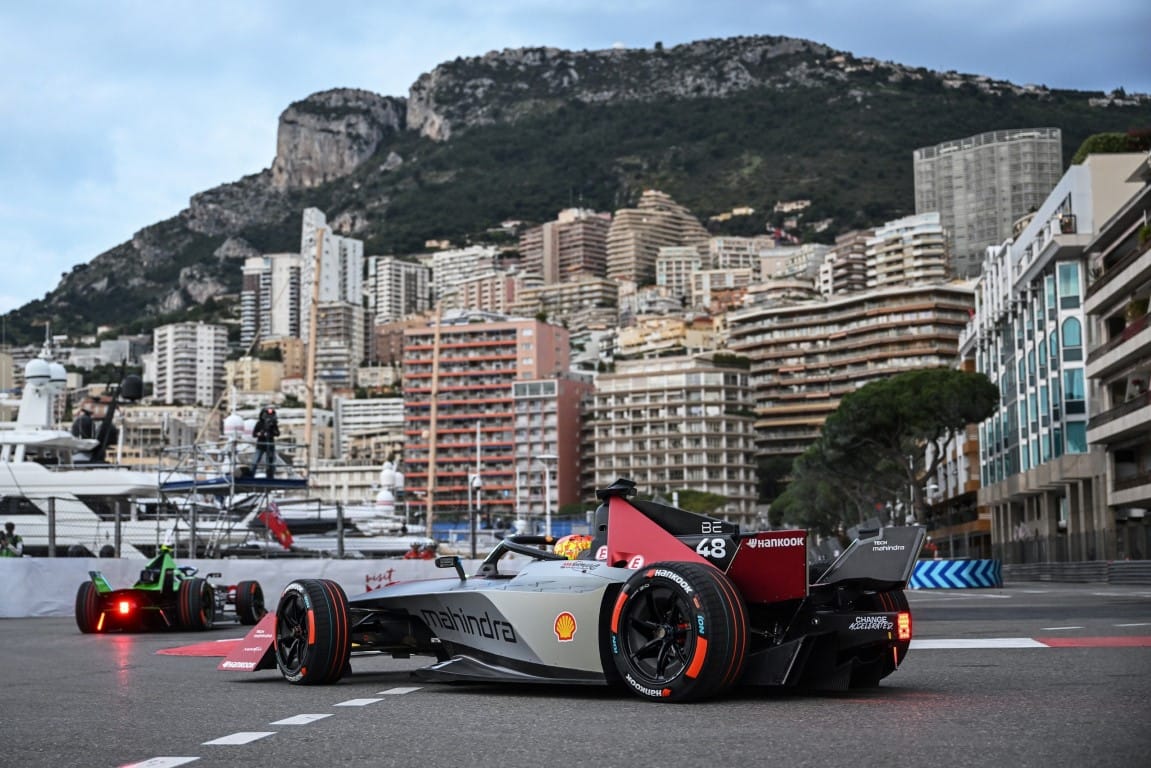
The answer is likely to be crushingly dull - contracts.
A deal has been done between what is now known as Fortescue Zero and Formula E Operations and should attack charge pitstops not see the light of day then Fortescue will be out of significant pocket.
Elements of Formula E Operations are known to want to see it used but its relevance, reliability and sporting validity are forming a powerful surge of opposition right now.
“Even if we reach the level of validation that is required, because the process itself was so long, I think it inevitably left everybody not 100% confident,” Volpe adds.
“This is impacting a little bit the opinion of the teams.
“Having said that, let's see, after the validation, what is going to be the decision. The good news is that it is still an open conversation between Formula E, the FIA and [teams’ body] FETAMA.”
From a fan - and potentially a manufacturer marketing boss - point of view, those conversations must be translated into action soon if Attack Charge pitstops are ever going to happen.
Because as the new season approaches, the format is in a ‘now or never’ situation where the evidence is soon going to tip the scales irreversibly towards ‘never’.


